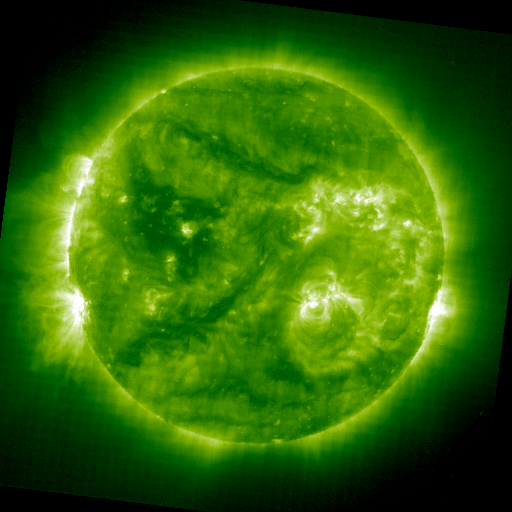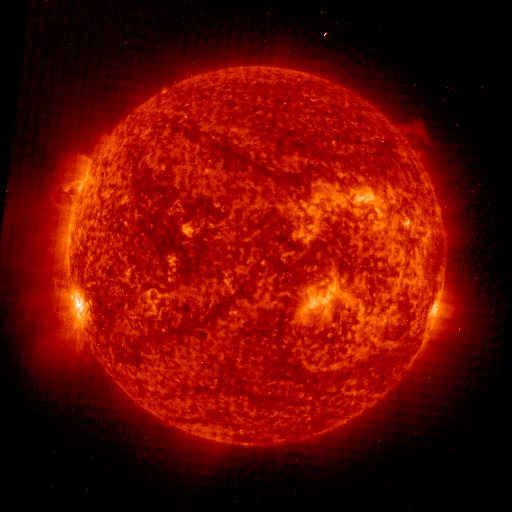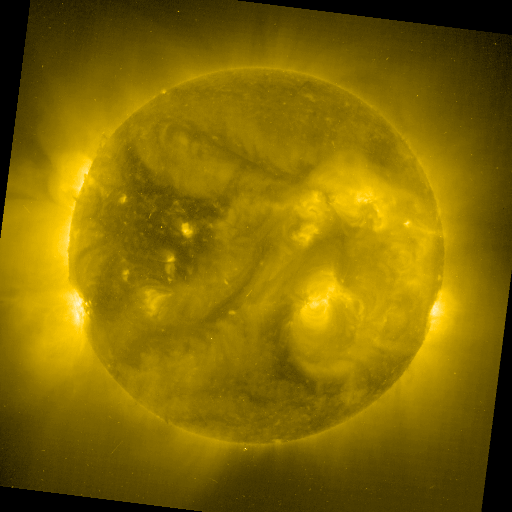Introduction to HF Propagation
In a region extending from a height of about 50 km to over 500 km, some of the molecules of the atmosphere are ionised by radiation from the Sun to produce an ionised gas. This region is called the ionosphere.
Ionisation is the process in which electrons, which are negatively charged, are removed from (or attached to) neutral atoms or molecules to form positively (or negatively) charged ions and free electrons. It is the ions that give their name to the ionosphere, but it is the much lighter and more freely moving electrons which are important in terms of high frequency (HF: 3 to 30 MHz) radio propagation. Generally, the greater the number of electrons, the higher the frequencies that can be used. During the day there may be four regions present called the D, E, F1 and F2 regions. Their approximate height ranges are:
- D region 50 to 90 km;
- E region 90 to 140 km;
- F1 region 140 to 210 km;
- F2 region over 210 km.
During the daytime, sporadic E (section 1.6) is sometimes observed in the E region, and at certain times during the solar cycle the F1 region may not be distinct from the F2 region but merge to form an F region. At night the D, E and F1 regions become very much depleted of free electrons, leaving only the F2 region available for communications; however it is not uncommon for sporadic E to occur at night.
Only the E, F1, sporadic E when present, and F2 regions refract HF waves. The D region is important though, because while it does not refract HF radio waves, it does absorb or attenuate them.
The F2 region is the most important region for high frequency radio propagation as, it is present 24 hours of the day. Its high altitude allows the longest communication paths, it usually refracts the highest frequencies in the HF range.
The lifetime of electrons is greatest in the F2 region which is one reason why it is present at night. Typical lifetimes of electrons in the E, F1 and F2 regions are 20 seconds, 1 minute and 20 minutes, respectively.
Latest full-field Solar Images
Solar X-ray Flux
This plot shows 3-days of 5-minute solar x-ray flux values measured on the SWPC primary and secondary GOES satellites. One low value may appear prior to eclipse periods. Click on the plot to open an updating secondary window.
There used to be an image here, but it has disappeared from the internet.
D-Region Absorption Prediction Map
This images dynamically updates once a minute. specialy designed by NOAA National Weather and Space Service Prediction Center.
for HF Radio communications prediction. Click on any thumbnail to view a larger image.
There used to be an image here, but it has disappeared from the internet.
"Real-Time Northern Hemisphere Auroral Activity"
"Real-Time Southern Hemisphere Auroral Activity"




